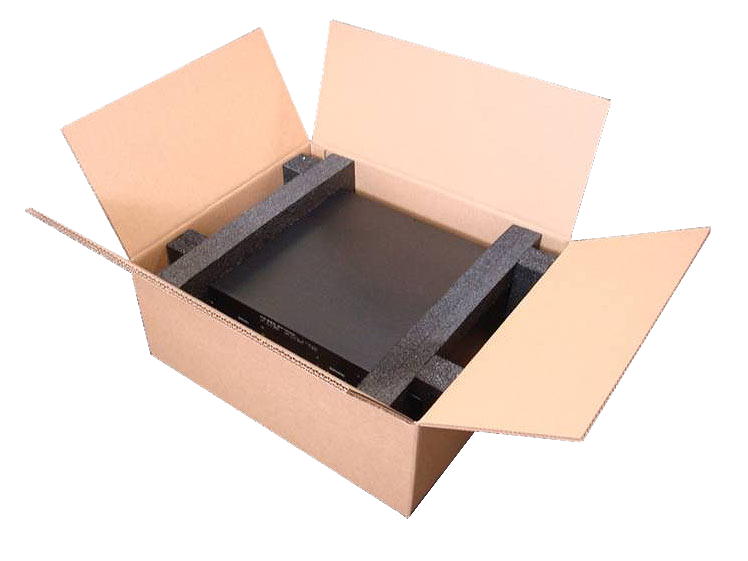How Do I know What Shipping Box Size I Need for My Product?

Choosing the right shipping box size for your product is crucial for ensuring that it arrives at its destination in perfect condition and without unnecessary shipping costs. Here’s a comprehensive guide to help you determine the standard shipping box size for your needs.
1. Measure Your Product
The first step is to measure your product’s dimensions – length, width, and height. Use a ruler or measuring tape to get accurate measurements. Record these dimensions in inches or centimeters, depending on your preferred unit of measurement.
2. Consider Extra Space for Padding
To protect your product during transit, you’ll need to add some cushioning material like bubble wrap, packing peanuts, or paper. Typically, allow for at least 2-3 inches of extra space on all sides of the product for padding.
3. Calculate the Internal Dimensions
Add the extra space for padding to your product’s dimensions to get the internal dimensions of the box. For example, if your product measures 10 inches long, 8 inches wide, and 4 inches high, adding 2 inches of padding on each side would require a box with internal dimensions of 14 inches long, 12 inches wide, and 8 inches high.
4. Choose the Box Type
Depending on the nature of your product, you might need different types of boxes. Corrugated boxes are sturdy and ideal for heavy or fragile items. Mailer boxes are great for smaller, lightweight products. Envelopes or poly mailers can be used for flat items like documents or clothing.
5. Consider the Shipping Method
If you’re using a specific carrier, check their guidelines for box sizes. Some carriers have flat-rate shipping options that can save you money if your product fits within their provided box dimensions. Additionally, carriers often have dimensional weight pricing, where the cost is based on the size of the box rather than its weight, so choosing a box that is not excessively large is important.
6. Test and Adjust
Before committing to a large shipment, test the box size with your product and padding material. Ensure there’s no movement inside the box and that the product is well-protected. If necessary, adjust the padding or box size accordingly.
7. Eco-Friendly Considerations
Lastly, consider using Eco-friendly packaging materials and boxes. Sustainable packaging not only reduces your carbon footprint but also appeals to environmentally conscious customers.
In summary, selecting the right shipping box size involves measuring your product, adding space for padding, and considering the type of box and shipping method. By taking these steps, you can ensure your product arrives safely and cost-effectively.


